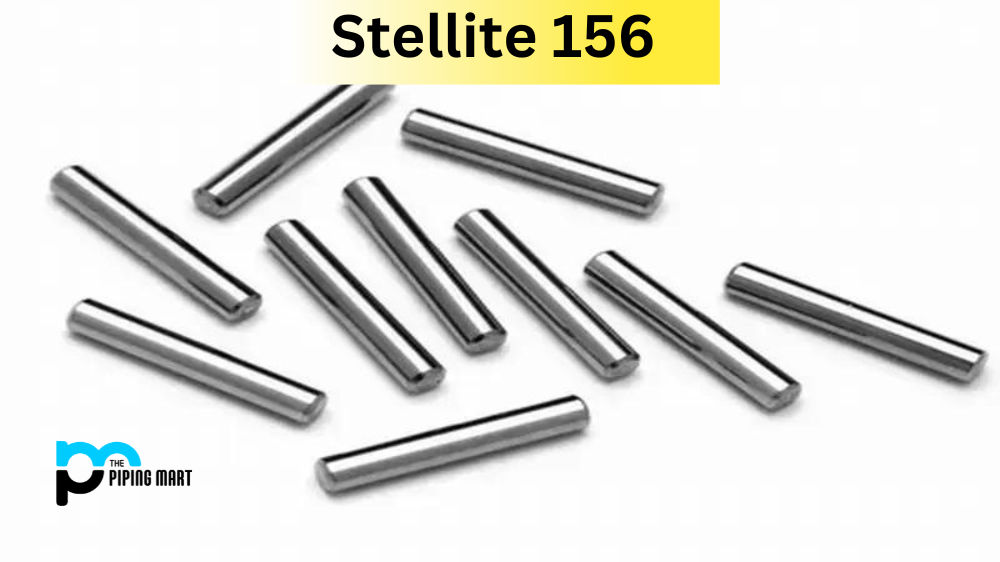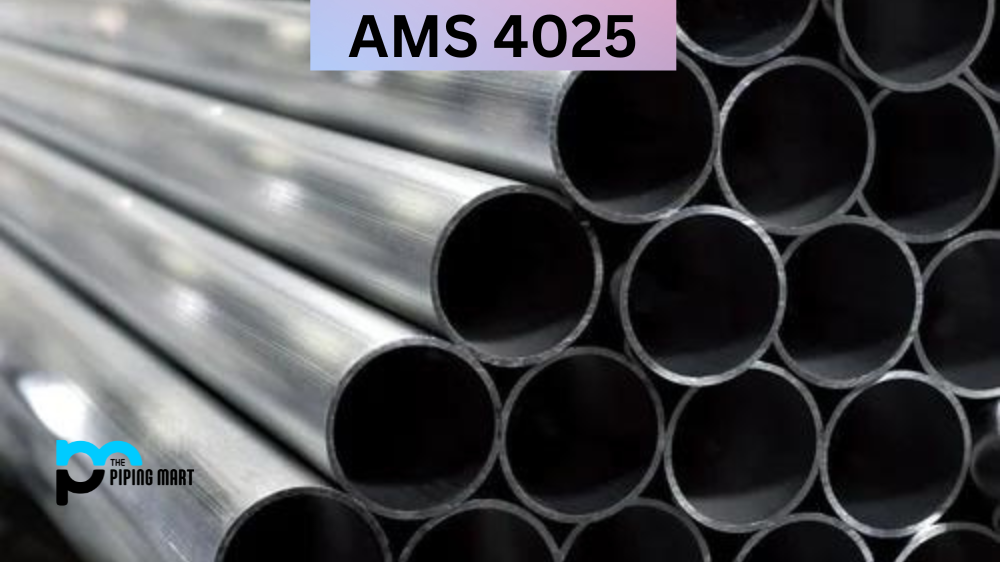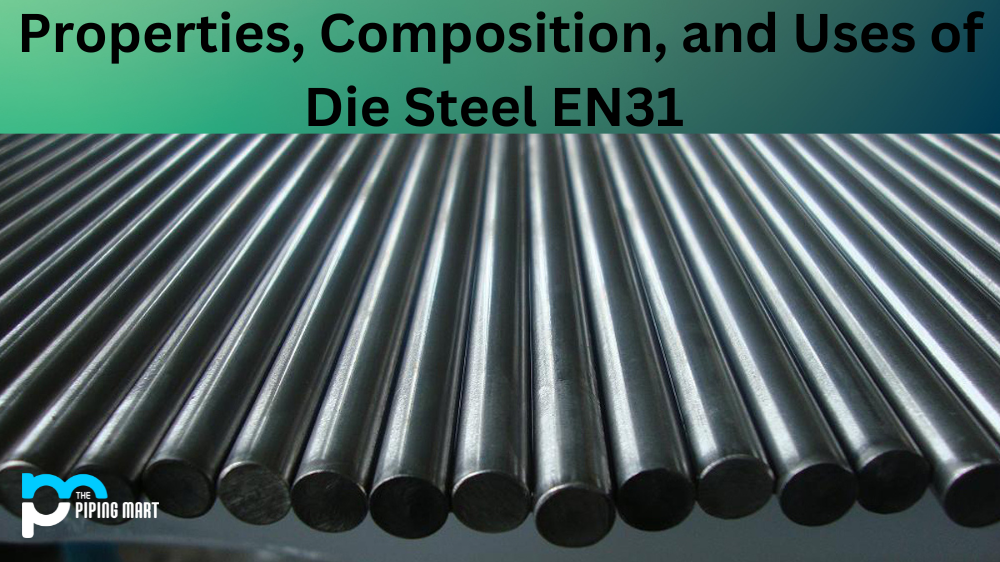Stellite 156 is a unique alloy designed and optimized for high-temperature applications requiring excellent mechanical strength and wear resistance. It is a member of the Stellite family of alloys known for their outstanding resistance to heat, wear and corrosion. In this blog post, we will delve deep into the world of Stellite 156, examining its composition, physical and mechanical properties, hardness, heat treatment, welding, and corrosion resistance. We will also look at some critical applications for utilizing this remarkable alloy.
Stellite 156 Composition
Stellite 156 is a cobalt-based alloy comprising 56% cobalt, 29% chromium, 9.5% tungsten, 4% carbon, and 1.5% iron. This unique combination of metalloids helps to confer the alloy’s exceptional resistance to wear, corrosion, and high temperatures.
| Component Elements Properties | Metric | English | Comments |
|---|---|---|---|
| Carbon, C | 4.7 % | 4.7 % | |
| Chromium, Cr | 28 % | 28 % | |
| Cobalt, Co | >= 56.8 % | >= 56.8 % | as balance |
| Iron, Fe | <= 0.50 % | <= 0.50 % | |
| Molybdenum, Mo | <= 1.0 % | <= 1.0 % | |
| Nickel, Ni | <= 2.0 % | <= 2.0 % | |
| Other | <= 1.0 % | <= 1.0 % | |
| Silicon, Si | <= 2.0 % | <= 2.0 % | |
| Tungsten, W | 4.0 % | 4.0 % |
Stellite 156 Physical Properties
One of the most remarkable properties of Stellite 156 is its excellent melting point. The alloy can withstand temperatures up to 1271 °C (2320 °F) before losing its mechanical properties. It also has a density of 8.34 g/cm³, making it denser than standard cast iron. Furthermore, the alloy has high electrical conductivity and low thermal expansion, making it ideal for components in high-temperature industrial applications.
Stellite 156 Mechanical Properties
Regarding mechanical properties, Stellite 156 is highly resistant to wear, corrosion, and thermal shock. The alloy has a very high tensile strength, which makes it suitable for use in high-impact applications. However, its elongation (plastic deformation before failure) is relatively low, meaning it will undergo sudden fracture in high-stress environments.
Stellite 156 Hardness
Stellite 156 is renowned for its extreme hardness, which is often reported to be between 38-45 HRC. This hardness makes the alloy suitable for use in components that will undergo high levels of abrasion.
Stellite 156 Heat treatment
Stellite 156 is designed to be used in its as-cast or as-worked condition and is not intended for heat treatment. Heat treatment can cause brittleness, leading to rapid fracture and failure.
Stellite 156 Welding
Welding can be a suitable way to join Stellite 156 components. However, the alloy’s surface should be cleaned and prepared for optimal welding before welding. Stellite 156 should not be heated above 871 °C (1600 °F) to avoid brittleness.
Stellite 156 Corrosion Resistance
Stellite 156 has excellent corrosion resistance, making it an excellent choice for industrial processes that require chemical resistance. It can withstand various corrosive media attacks, including oxidizing and reducing acids, seawater, and brackish water.
Conclusion:
Stellite 156 is a unique cobalt-based alloy optimized for high-temperature applications in harsh chemical environments. Its extreme hardness and its excellent wear and corrosion resistance make it a popular choice for components in industrial, aerospace, and marine applications. Understanding the composition and properties of this special alloy is crucial for selecting the suitable material for your project or process. This blog post has been informative in educating you on the properties, composition, and applications of Stellite 156.





